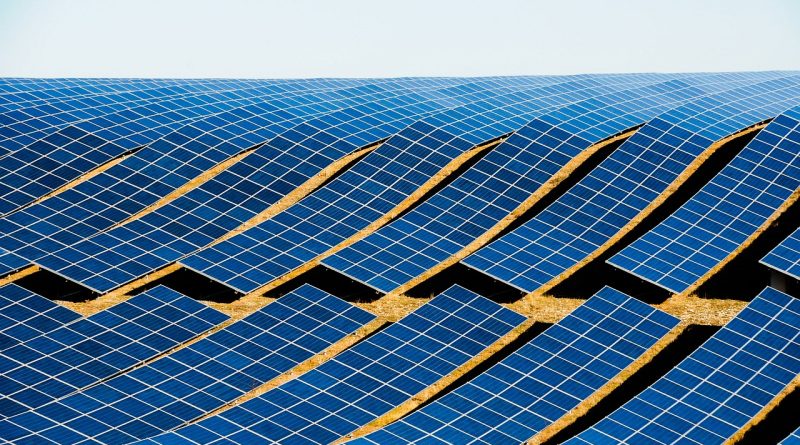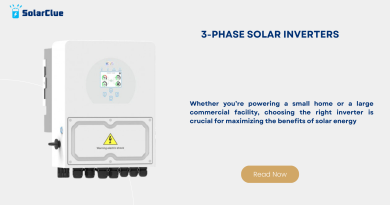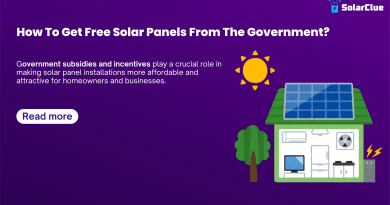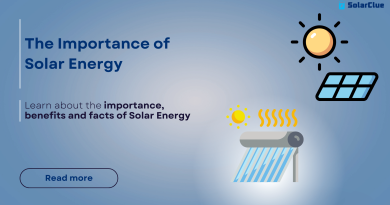Connect On-Grid Solar System – Step-by-Step Guide
Solar energy is becoming increasingly popular as a clean and renewable energy source. For those considering installing solar panels, understanding how to connect an on-grid solar system is essential. By connecting your solar system to the electrical grid, you can not only save money on your energy bills but also contribute to a more sustainable future. In this blog, we will guide you step-by-step through the process of connecting an on-grid solar system, ensuring that you have the knowledge and confidence to embark on this green energy journey.
Table of Contents
- 1 Why Connect to the On-Grid Solar System?
- 2 Step 1: Familiarize Yourself with Local Regulations
- 3 Step 2: Assess Your Electrical Load and Solar System Configuration
- 4 Step 3: Choose a Qualified Solar Installer
- 5 Step 4: Install and Configure the Solar Panels and Inverter
- 6 Step 5: Interconnection and Grid Connection
- 7 Conclusion
Why Connect to the On-Grid Solar System?
Before delving into the details, it is important to understand the advantages of connecting your solar system to the grid. By doing so, you can benefit from net metering, which allows you to sell excess energy your panels produce back to the utility company. This not only reduces your electricity bill but also helps to offset the initial investment cost. Moreover, being connected to the grid ensures that you have a stable power source even during nights or when your panels are not generating enough electricity.
Step 1: Familiarize Yourself with Local Regulations
The first step in connecting an on-grid solar system is familiarizing yourself with the local regulations and obtaining any necessary permits or approvals. Contact your utility company or local authority to inquire about the specific requirements for connecting your solar system to the grid. Some areas may have specific guidelines regarding system size, equipment standards, or interconnection agreements. Adhering to these regulations will ensure a smooth and legal connection process.
Step 2: Assess Your Electrical Load and Solar System Configuration
Next, assess your electrical load and determine the ideal configuration for your solar system. Understanding your household’s energy consumption patterns will help you correctly size your solar system, ensuring that it covers a significant portion of your electricity needs. Consider factors such as peak usage times, the number of occupants, and energy-intensive appliances. By evaluating your electrical load, you can determine the number of solar panels and inverters required for optimal performance.
Step 3: Choose a Qualified Solar Installer
To ensure a successful connection and long-term performance, it is vital to work with a qualified solar installer. Look for installers certified by recognized bodies and with a proven track record of reliable installations. Seek recommendations from friends, family, or online forums to find reputable installers in your area. A professional solar installer will not only handle the installation process but also assist you with paperwork, permits, and interconnection agreements, ensuring compliance with local regulations.
Step 4: Install and Configure the Solar Panels and Inverter
After selecting a reputable installer, it’s time to install and configure your solar panels and inverter. The installer will determine the best location for the panels, typically on your roof or in the yard, where they can receive maximum sunlight exposure throughout the day. The panels will then be connected in a series or parallel arrangement, depending on your system design, and wired to the inverter. The inverter converts the direct current (DC) electricity generated by the panels into alternating current (AC) electricity that can be used in your home or fed into the grid.
Step 5: Interconnection and Grid Connection
Once the solar panels and inverter are installed, your installer will complete the interconnection process. This involves installing additional electrical meters and safety equipment required for connecting your solar system to the grid. The interconnection agreement, provided by your utility company, will specify the terms and conditions for selling excess electricity back to the grid. It’s important to carefully read and understand the agreement before signing it. Usually, the utility company will inspect the system, ensuring it complies with safety standards, before granting final approval for grid connection.
Conclusion
Ready to embrace solar power? SolarClue® guides you seamlessly through connecting your on-grid solar system. Explore our range of top-quality solar panels and grid-tie inverters. Assess your property’s solar potential, determine the right system size, and enjoy cost savings on your electricity bills. Our experts at SolarClue® ensure a hassle-free installation, tailored to your unique needs. Harness the power of the sun while contributing to a sustainable future. Take the first step towards energy independence—contact SolarClue® today, and let’s illuminate your space with clean, efficient, and grid-connected solar power!
Frequently Asked Questions
An on-grid system is connected to the utility grid, allowing excess energy to be fed back into the grid.
Evaluate your electricity consumption, considering your daily usage patterns, to size your system accurately.
Most properties are suitable, but a site assessment is essential to ensure optimal sunlight exposure.
SolarClue® offers various options; choose panels based on efficiency, space availability, and budget.
The grid-tie inverter converts DC power generated by solar panels into AC power for use in your home and for feeding excess energy back to the grid.
Yes, explore available incentives and rebates that may enhance the financial benefits of your on-grid solar installation.
Installation times vary but are typically completed within a few weeks, depending on system size and complexity.
Yes, on-grid systems are scalable. You can add more panels to your existing setup as your energy needs grow.
While DIY is possible for some, professional installation ensures safety and compliance with local regulations.
For safety reasons, most on-grid systems shut down during power outages. Consider adding a backup power solution for continuous energy during outages.




